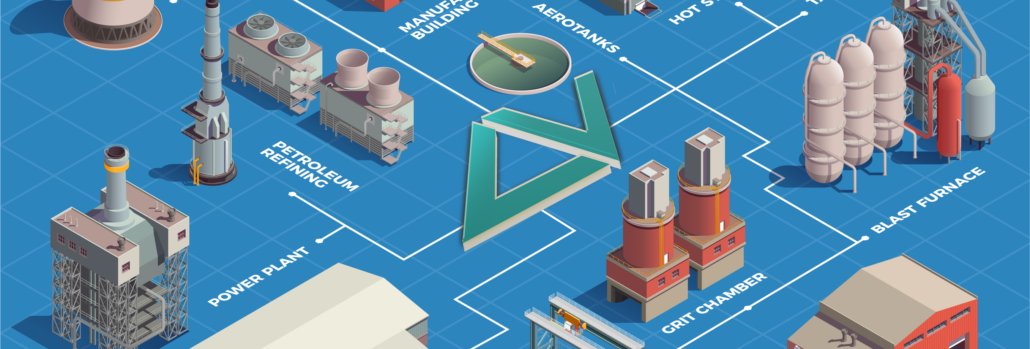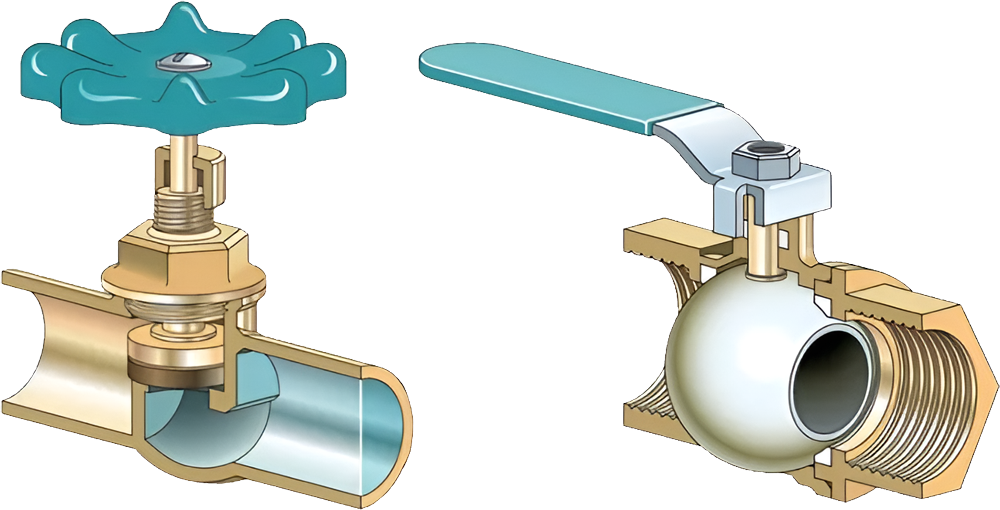In the realm of fluid control systems, having a backup plan for unexpected events like power outages is crucial. Pneumatic actuators are key to managing fluid flow, but what’s the fallback when they fail? That’s where the declutch gear box, a manual override system, comes into play. In this guide, we’ll go over how to use a declutch gear box to take manual control of pneumatic actuators, ensuring system reliability even during unexpected events.
WHAT IS THE DECLUTCH GEAR BOX ?
The declutch gear box is an added feature in pneumatic actuators. It allows operators to manually control the valve position if the regular pneumatic system fails.
HOW TO USE THE MANUAL OVERRIDE :
- Find the Gear Box:
- Located usually on top of the pneumatic actuator.
- Comes with a handwheel or lever for manual adjustments.
- Switch to Manual Mode:
- Activate when the pneumatic system is offline.
- This usually involves disconnecting the pneumatic drive from the valve stem.
- Operate the Valve Manually:
- Use the handwheel or lever to change the valve’s position.
- Monitor the Valve Position:
- Keep track of the valve’s position during manual operation.
- Lock the valve in place once you reach the desired position.
- Go Back to Automatic Mode:
- Disengage the declutch gear box once pneumatic control is restored.
- The actuator resumes normal pneumatic operation.
ADVANTAGES OF THE DECLUTCH GEAR BOX :
- Emergency Use: Quick manual control during unexpected events.
- Maintenance: Allows for manual valve control during system upkeep.
- Remote Areas: Useful in places with limited power supply.
THINGS TO KEEP IN MIND :
- Safety: Only trained personnel should use the manual override.
- Accuracy: Carefully monitor the valve’s position.
- Upkeep: Periodic inspection and maintenance are essential.
CONCLUSION :
The declutch gear box adds an extra layer of security to pneumatic actuators. It serves as a backup for manual control when the standard pneumatic system is compromised. Knowing how to operate this feature effectively, while adhering to safety guidelines, helps maintain system reliability and minimizes downtime.

